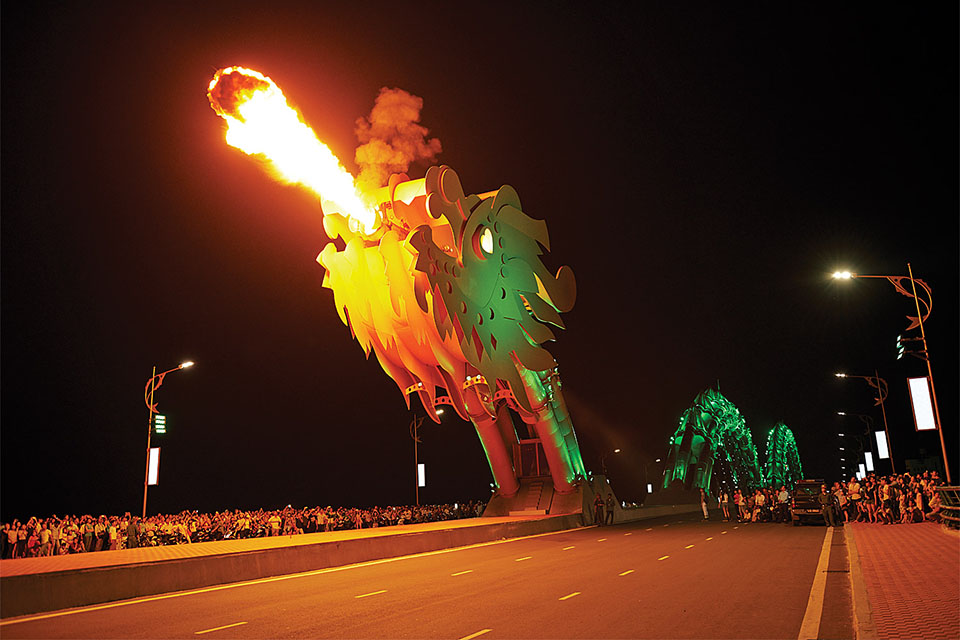Vietnam, a country located in Southeast Asia, is often referred to as the "Land of the Ascending Dragon." This name reflects the country's long-standing association with the dragon, which is an important symbol in Vietnamese culture and mythology. In this article, we will explore the origins of this name and the significance of the dragon in Vietnamese culture.
The dragon has been an important symbol in Vietnamese culture for thousands of years. According to legend, the Vietnamese people are descended from a dragon and a fairy, and the dragon is seen as a symbol of power, strength, and good fortune. The dragon is also associated with water and is often depicted with clouds, rain, and lightning.

The name "Land of the Ascending Dragon" refers to the legend of the dragon's ascent to the sky. According to the legend, the dragon rose from the sea and flew up into the sky, creating a great storm that formed the mountains and rivers of Vietnam. This symbolizes the power of nature and the resilience of the Vietnamese people.
Another interpretation of the name is that it refers to the dragon as a symbol of the country's sovereignty and independence. In Vietnamese mythology, the dragon is often depicted as a defender of the nation and a symbol of its power and authority. This interpretation of the name reflects the country's long history of struggle against foreign invaders and its commitment to maintaining its independence.
The dragon is also an important symbol in Vietnamese art and architecture. Dragon motifs can be seen on many traditional Vietnamese buildings, such as the Temple of Literature in Hanoi and the Imperial City in Hue. The dragon is also a popular subject in Vietnamese embroidery, wood carving, and pottery.
In addition to its cultural significance, the dragon has also played an important role in Vietnamese history. The Trung Sisters, who led a rebellion against the Chinese in the first century AD, were said to have ridden into battle on the backs of dragons. The dragon was also used as a symbol by the Vietnamese resistance during the French colonial period and the Vietnam War.
In conclusion, Vietnam's association with the dragon is a reflection of its rich cultural heritage and its long history of struggle and resilience. The dragon is an important symbol in Vietnamese mythology, art, and history, and its ascent to the sky represents the power of nature and the country's commitment to its sovereignty and independence. The name "Land of the Ascending Dragon" reflects the deep connection between the Vietnamese people and this powerful symbol.
References:
-
Nguyễn Quốc Tụng. (2016). Vietnam: Land of the Ascending Dragon. Thế Giới Publishers.
-
Vương Hồng Sển. (2013). Cultural Symbols in Vietnamese Art. Vietnam Fine Arts Museum.
-
Vuong Hong Sen. (1997). Vietnamese Art and Culture. Thế Giới Publishers.
-
David G. Marr. (2013). Vietnam: State, War, and Revolution (1945–1946). University of California Press.



















